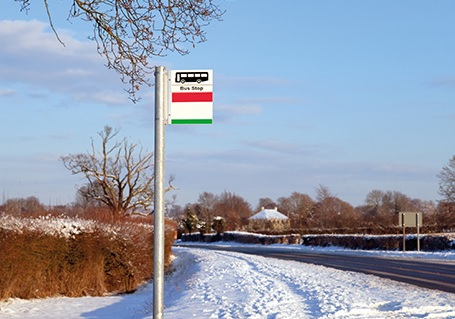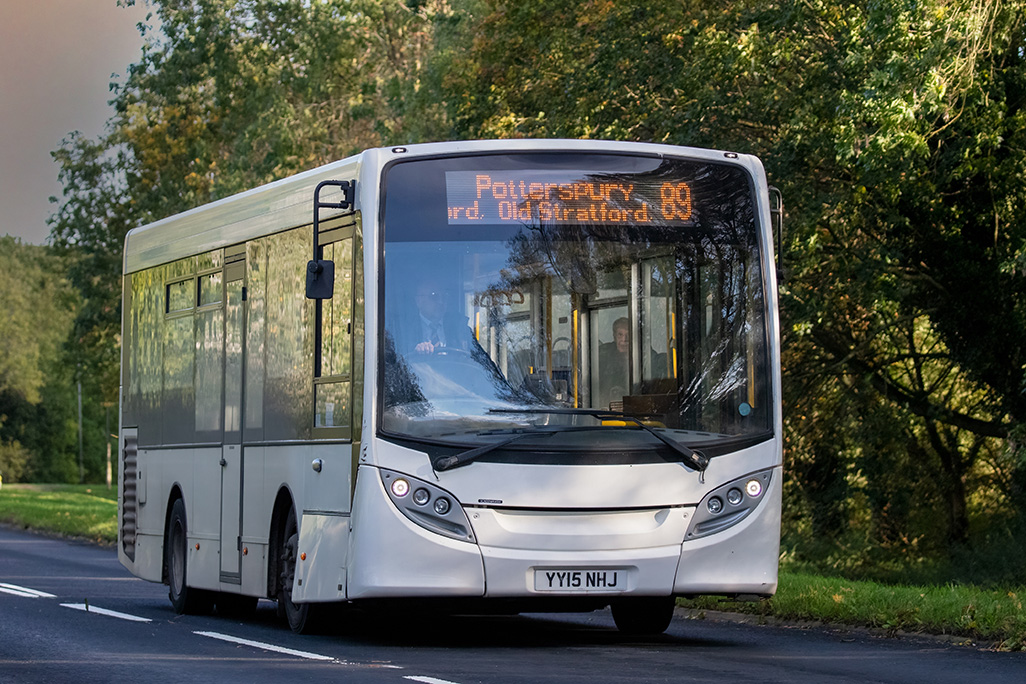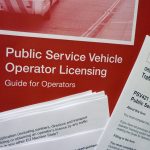As I have previously covered, there is much uncertainty regarding the future of the bus industry. There have been some big recent developments that put into doubt the ability of much of the country to be covered by commercial bus networks in the same way as was done pre-COVID-19.
Staff shortages and wage increases add to pressure
The November fiscal statement signalled a 9.7% increase in the minimum wage. With staff shortages in many sectors of employment, some bus operators have already had to offer double digit pay increases to retain staff and avoid ongoing industrial action.
While bus drivers certainly deserve to be better paid, an increase in driver costs alongside other cost increases, will tip many marginal routes into unprofitable ones.
Bus Fare Cap Grant in England ‘a lottery’
The £2 capped single fare for all buses in England, outside London and current low fare zones, is becoming clearer.
Reimbursement will be based on forecast rather than actuals, with no additional capacity funding – one would suspect a £2 single might make people switch from rail to bus on many inter-urban routes, making it a lottery for some operators.
The exit strategy from the fares offer seems to be to return to ‘normal’ prices, making it difficult to retain any additional patronage due to resistance to the large percentage fare increase for some.
How do buses sit next to railway reopening plans?
There is much emphasis around current transport strategies on the integration between bus and rail services. But there are also plans to reopen railways which parallel frequent commercial bus routes that, no doubt, will be expected to simultaneously not compete with the railway, but also still run for those who can’t use the train.
Are commercial bus networks in widespread danger?
The political pressure for low fares is strong, but given the increase in costs, this is becoming harder to deliver as a commercial operation.
While those operators with ownership that can tolerate it (especially to avoid ‘bus baron’ accusations) might take the hit for a year or two in the hope that things will settle down, some of the big groups will look to exit from unprofitable locations, while small operators will go under or be sold to an owner which will prune services.
All of this will create an increased pressure on local authority budgets at a time when some are already seeking to save money on their existing supported network.
The irony could be that while the combined authorities spend millions on pursuing bus franchising, in the shires, many areas will become de-facto franchises with over 80% of bus mileage tendered.
The Department for Transport needs to recognise this reality and be able to give these areas access to greater funding without the need to become a combined authority, so that they can reduce car use by funding a network with affordable fares and attractive frequencies.



























